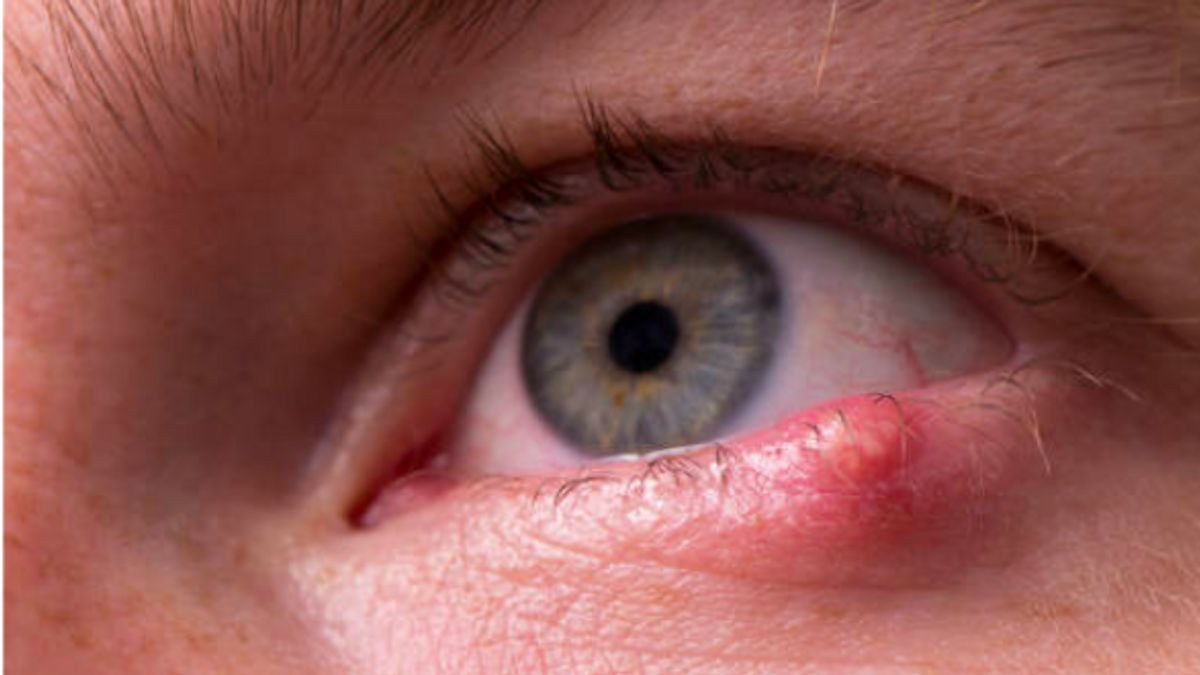
DiYES International School – Dangerous Hordeolum in children is often mistaken for a harmless bump or allergic reaction. Parents usually think it will go away on its own. However, when left untreated, this minor-looking lump can turn into a painful and disruptive infection. A hordeolum, also known as a stye, occurs when bacteria block the oil glands at the base of the eyelashes or inside the eyelid. In children, it is often caused by poor hand hygiene or rubbing the eyes frequently. While most cases are mild, some can swell significantly and lead to discomfort, blurred vision, or even secondary infections. Early signs include redness, tenderness, and a small raised bump near the eyelid. If the child experiences fever, pus drainage, or swelling around the entire eye, medical attention becomes urgent. Quick response and basic hygiene are key to preventing further complications.
Parents often miss the early signs of a Dangerous Hordeolum because the symptoms can resemble mild irritation. It usually begins with a red or itchy eyelid, often causing the child to rub their eyes more than usual. Within a day or two, a small lump develops, which may be soft or firm to the touch. This lump tends to grow quickly and becomes increasingly painful. The eyelid may start to swell, sometimes shutting the eye partially. In some cases, the hordeolum may rupture and release pus, which looks alarming but is part of the healing process. Children may complain of difficulty seeing or feel something stuck in their eye. Since this condition can appear suddenly, it is important for parents to monitor eye hygiene and respond quickly. A Dangerous Hordeolum should never be squeezed or poked as it can spread bacteria and worsen the infection.
“Read about: Shorter Than Peers? The Surprising Truth Behind Growth Hormone Deficiency in Kids”
Children are naturally curious and often unaware of how easily bacteria spreads. The main cause of a hordeolum is staphylococcal bacteria, which can be found on the skin and spreads when kids touch their faces with unwashed hands. Kids who rub their eyes frequently, especially when playing outdoors, are at higher risk. Shared towels, unclean pillowcases, and dusty environments can also introduce irritants and germs into the eye area. The meibomian glands, which produce oils for the tear film, can get clogged and create the perfect environment for infection. Unlike adults, children may not report discomfort right away. That delay gives the bacteria more time to develop into a painful lump. Parents should teach kids not to touch their eyes and to wash their hands regularly. Regular face cleaning, especially before bedtime, can greatly reduce the risk of developing a hordeolum.
Most hordeolum cases can be treated safely at home if caught early. Warm compresses are the first line of treatment. Parents can soak a clean washcloth in warm water and gently press it on the eyelid for 10 to 15 minutes, three to four times a day. This helps unclog the blocked gland and drain the pus naturally. It is important not to squeeze the lump, as that may cause deeper infection. Over-the-counter pain relievers like acetaminophen may help reduce discomfort. Children should avoid using contact lenses or eye makeup until the lump disappears. If the bump grows larger or if the swelling spreads to other parts of the face, a doctor may prescribe antibiotic ointment or drops. In rare cases, minor surgery might be required to drain it. With proper care, most hordeolum infections go away in a week or so without leaving any damage.
“Read more: I Made My Garage Look Like a Showroom Without Hiring a Pro”
Prevention plays a huge role in avoiding recurring infections. The best way to protect children from hordeolum is by teaching consistent hygiene habits. Encourage them to wash their hands frequently, especially after playing or using the restroom. Make sure they know not to rub their eyes, even if they feel itchy or tired. Clean their pillowcases and towels regularly, and avoid sharing personal items like face cloths or eye drops. If a child has had a hordeolum before, parents should be extra vigilant during allergy seasons or after illnesses that involve coughing and sneezing. Keeping the child’s face clean and checking their eyes for redness or irritation can help catch infections before they worsen. Parents should also schedule regular eye checkups to ensure overall eye health. With these habits, children can enjoy clear vision and stay protected from this painful and common infection.